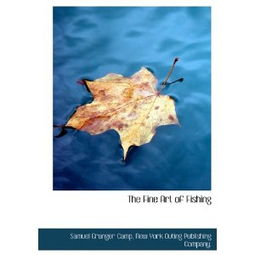Introduction:
Fishing, an age-old pastime, requires not only patience but also a keen understanding of the art of bait preparation and nesting. Whether you are a seasoned angler or a beginner, mastering these techniques can significantly enhance your chances of a successful catch. In this article, we delve into the world of fishing, offering insights into how to prepare your bait and effectively set up your nesting to ensure a rewarding day on the water.
Understanding Bait Preparation:
Bait preparation is the cornerstone of successful fishing. The right bait can attract fish and entice them to bite. Here’s how to prepare your bait effectively:
Choose the Right Bait:

- Understand the species you are targeting and select bait that appeals to them. For instance, live bait like worms, minnows, or crickets are effective for many freshwater fish.
- Artificial lures can also be highly effective, especially for species like bass or trout.
Prepare Live Bait:
- If using live bait, ensure it is fresh and healthy. Live bait should be kept in a well-aerated container to prevent suffocation.
- For worms, cut them into smaller pieces to increase their surface area, making them more attractive to fish.
Prepare Artificial Lures:
- Check your artificial lures for any nicks or damage. Repair them with a lure repair kit if necessary.
- Vary the color and action of your lures to mimic natural prey and attract more fish.
Condition Your Bait:
- Soak your bait in water or a bait conditioner to make it more appealing to fish.
- Some anglers use scents or attractants to enhance the allure of their bait.
The Art of Nesting (Setting Up the Bait):
Once your bait is prepared, the next step is to set it up effectively. This involves the following:
Choose the Right Hook:
- Select a hook that matches the size and type of bait you are using. A larger hook may be necessary for heavier baits like worms or leeches.
- Ensure the hook is sharp to easily penetrate the bait and fish.
Attach the Bait:
- For live bait, thread it onto the hook in a way that keeps it alive and moving naturally.
- With artificial lures, follow the manufacturer’s instructions for attachment.
Adjust the Weight:
- Attach a weight to your line to help your bait sink to the desired depth. This is particularly important in clear water where fish are easily spooked.
- Adjust the weight according to the water conditions and the species you are targeting.
Consider the Current:
If fishing in a river or stream, consider the current. Attach a swivel or a leader to prevent your bait from being swept away.
Nest Your Bait:
- Once you have chosen your spot, gently lower your bait into the water. Avoid making sudden movements that may scare away fish.
- If you are using a bobber, adjust it to the desired depth and let your bait drift naturally.
Conclusion:
Mastering the art of bait preparation and nesting is essential for any angler looking to improve their fishing skills. By understanding the species you are targeting, preparing your bait effectively, and setting it up in a way that mimics natural prey, you can significantly increase your chances of a successful catch. Whether you are casting from the shore or fishing from a boat, these techniques will serve as a foundation for your fishing adventures. Happy fishing!












